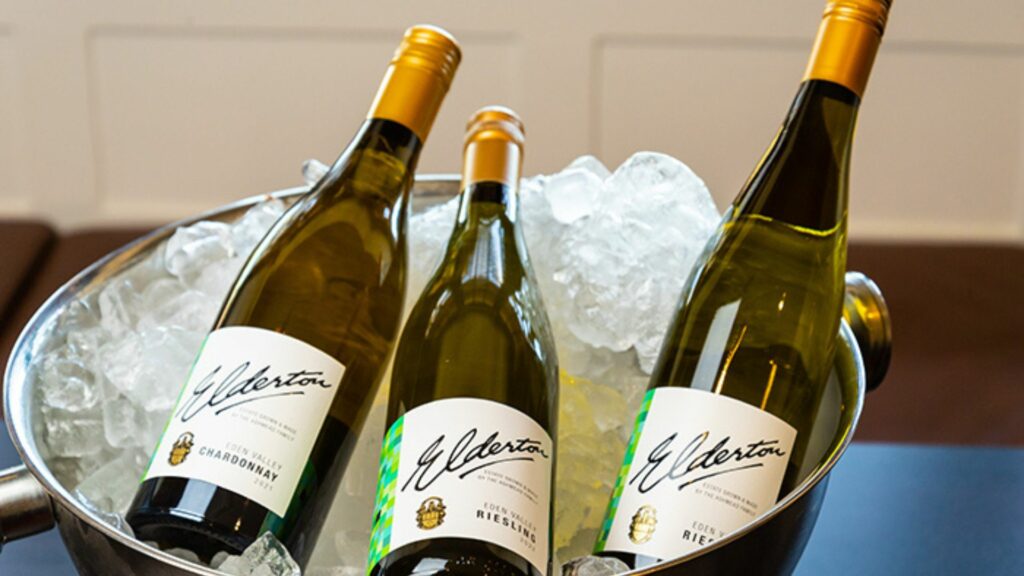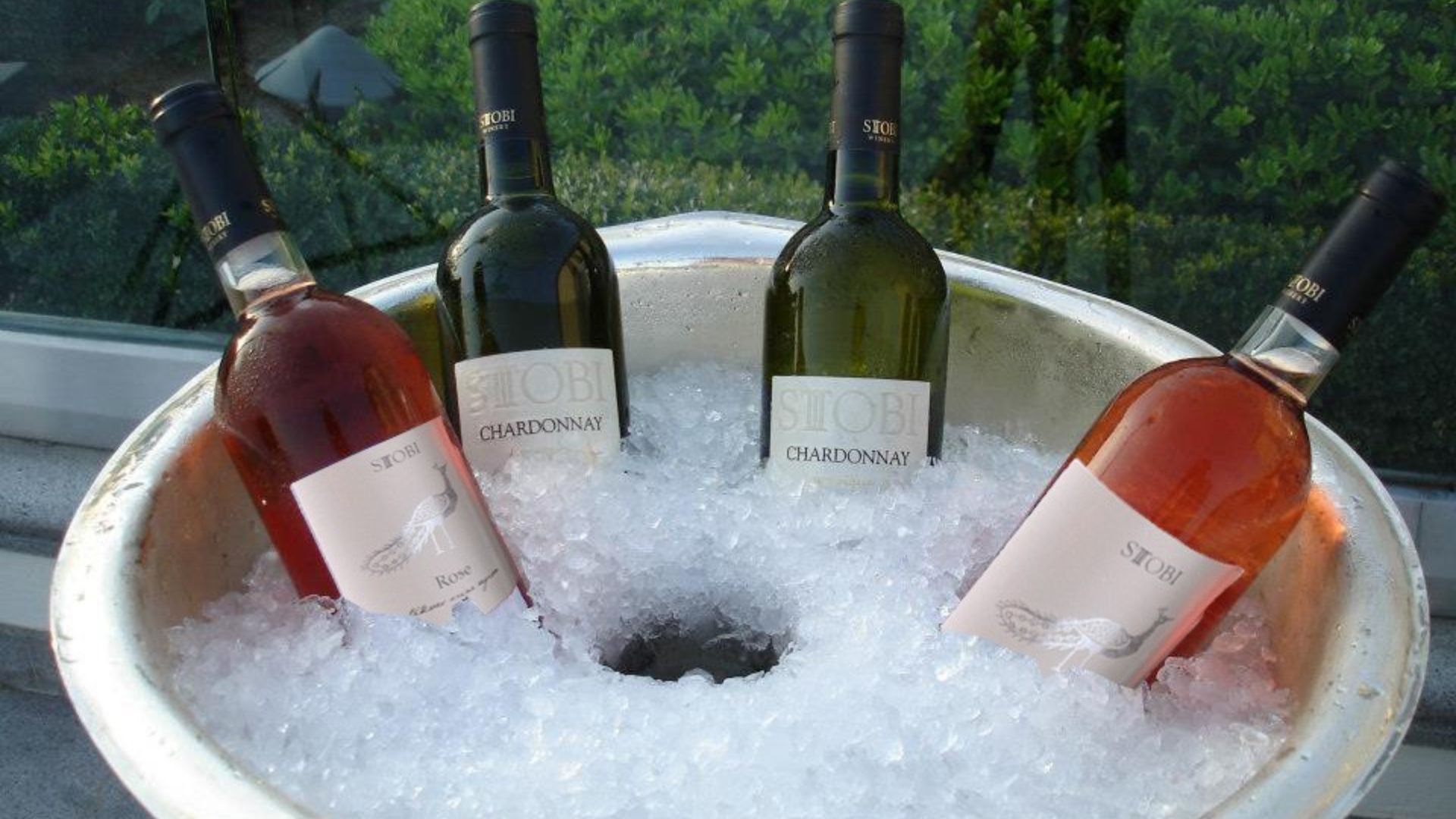Ever wondered why some white wines taste sharper and lighter, while others feel richer and smoother? Believe it or not, a big part of the answer lies in white wine temperature. Just like food tastes better at certain temperatures, white wines come alive when served at their ideal white wine temperature. This guide will explore the secrets of white wine temperature and help you enjoy every bottle to its fullest potential. We’ll also explore why temperature matters, looking into ideal temperatures for different types of white wine, and offer tips for achieving that perfect chill.

Why Does White Wine Temperature Matter?
Temperature plays a crucial role in how we perceive taste and aroma. I have noticed that white wine is too cold, it numbs taste buds and hides its delicate flavours and aromas. Conversely, a white wine that’s too warm can become flabby and lose its refreshing character. By serving white wine at its ideal white wine cooling point, we unlock its full flavour profile and create a delightful drinking experience.
Finding the Perfect Chill: Ideal Temperatures for White Wines
The ideal white wine cooling point varies depending on the grape variety, style, and sweetness level of the wine. Here’s a breakdown to help you serve your whites perfectly:
Lighter-Bodied White Wines (e.g., Sauvignon Blanc, Pinot Grigio)
These wines are best served chilled between 45-50°F (7-10°C). This temperature emphasizes their crisp acidity and refreshing fruit flavours.
Medium-Bodied White Wines (e.g., Chardonnay)
For unoaked or lightly oaked Chardonnay, aim for a white wine temperature of 50-55°F (10-13°C). This range keeps the wine chilled while allowing some of the richer flavours to emerge.
Full-Bodied White Wines (e.g., oaked Chardonnay)
For Chardonnay aged in oak barrels, a slightly warmer white wine cooling point of 55-60°F (13-16°C) is ideal. This temperature complements the oaky notes and fuller body of the wine.
Aromatic White Wines (e.g., Riesling, Gewürztraminer)
These wines are known for their intense floral and fruity aromas. A slightly chilled white wine temperature of 48-53°F (9-12°C) helps to balance their sweetness and highlight the delicate aromas.
Remember, these are general guidelines. Some wines may have specific serving temperature recommendations listed on the bottle. Additionally, if you’re unsure, it’s always better to start slightly cooler and let the wine warm up a bit in your glass. This allows the flavours to gradually unfold.
Chilling Your White Wine: Different Techniques
Now that you know the ideal white wine cooling pint, how do you achieve it? Here are a few effective techniques:
The Ice Bat
Fill a large bowl with ice and water. Submerge the bottle of wine for 20-30 minutes, depending on how chilled you want it. Keep an eye on it to avoid over-chilling.
The Refrigerator
For a more controlled chill, place the wine in the refrigerator for a few hours before serving. Aim for at least 2-3 hours for most white wines.
The Ice Bucket
If you need to chill a bottle quickly, fill an ice bucket with ice and water and place the bottle inside. The wine will chill faster this way, but be sure to check on it frequently to avoid over-chilling.
Wine Chiller Sleeves
These handy sleeves are pre-chilled and can be slipped onto the bottle to keep it cool for several hours.
Conclusion
By understanding white wine temperature and using the right chilling techniques, you can elevate your wine-drinking experience. With each perfectly chilled sip, you’ll discover the unique character and delightful flavours each white wine has to offer. So, the next time you uncork a bottle of white wine, remember the power of temperature and enjoy the perfect pour!

